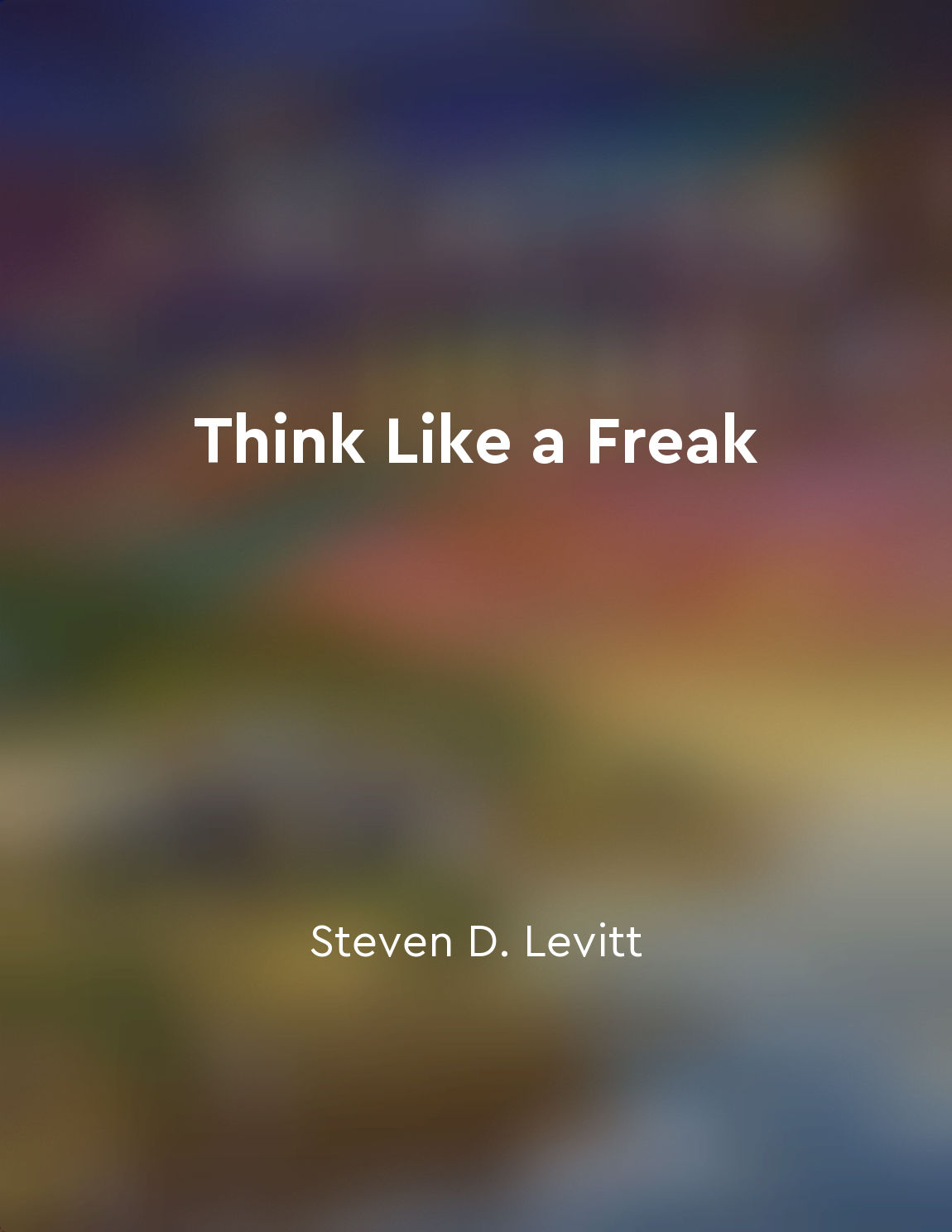Use data and statistics effectively from "summary" of Think Like a Freak by Steven D. Levitt,Stephen J. Dubner
Data and statistics are powerful tools that can help us make better decisions and understand the world around us. But using them effectively requires more than just collecting numbers and crunching them in a spreadsheet. It's about asking the right questions, interpreting the results correctly, and drawing meaningful conclusions. One common mistake people make when it comes to data and statistics is cherry-picking information that supports their preconceived notions. This confirmation bias can lead to flawed reasoning and inaccurate conclusions. Instead, we should approach data with an open mind, willing to let the numbers guide us to the truth, even if it contradicts our beliefs. Another pitfall to avoid is mistaking correlation for causation. Just because two variables are related doesn't mean that one causes the other. It's important to dig deeper and consider other factors that may be influencing the relationship. By understanding the limitations of the data, we can avoid jumping to unwarranted conclusions. Context is crucial when working with data and statistics. Numbers can be deceiving if we don't consider the bigger picture. For example, a statistic may seem alarming at first glance, but when placed in the appropriate context, it may not be as dire as it appears. By looking beyond the numbers and considering the surrounding circumstances, we can gain a more accurate understanding of the situation. It's also essential to be aware of biases and assumptions that may influence our interpretation of data. Our personal experiences, beliefs, and emotions can cloud our judgment and lead us astray. By acknowledging these biases and approaching data with a skeptical eye, we can mitigate their impact and make more informed decisions.- Using data and statistics effectively requires a critical mindset, open-mindedness, and a willingness to question our assumptions. By approaching numbers with caution, context, and skepticism, we can uncover valuable insights and avoid common pitfalls that undermine our reasoning. By mastering the art of data analysis, we can make better decisions, solve complex problems, and think like a freak.


